calsfoundation@cals.org
Golf
Golf’s popularity in the state of Arkansas can be measured by the sport’s rich history in the state, the state’s numerous golf courses, and a number of regular collegiate, amateur, and professional tournaments. Along with several famous men and women golfers from Arkansas, the state also boasts the Natural State Golf Trail and numerous clubs and organizations devoted to the sport.
Today, golf is an individual sport played with a variety of metal or graphite clubs and a single ball composed usually of urethane. The goal is to hit the ball with a club into a hole in the fewest number of strokes. Golf holes and courses stipulate “par,” or the number of strokes a first-class player should normally require. For golf holes, par is designated only as three, four, or five strokes, depending on the distance the player stands from the hole. For eighteen-hole courses, par is designated usually as somewhere between seventy and seventy-three strokes. For professional and amateur competitions, the Royal and Ancient Golf Club of St. Andrews (Scotland) and the United States Golf Association (USGA) set regulations regarding equipment, rules, and other pertinent aspects of the game.
The game of golf originated in eastern Scotland in the fifteenth century. The St. Andrews Society of Golfers formed in 1754 and constructed the first eighteen-hole course, the standard today. The first women’s golfing club formed at St. Andrews in 1895.
Golf spread rapidly throughout the nineteenth century. The sport reached America by 1786. In 1888, Scotsman John Reid created a three-hole course in New York. He also helped establish St. Andrews, the first permanent golfing club in the United States. In 1894, it hosted the inaugural American Amateur Championship. The 1890s also witnessed the formation of the USGA and the first official United States Amateur Championship.
Professional golf (golf played for prize money or by golfers who make money via endorsements) rose to prominence in America in the early twentieth century. The Professional Golfers’ Association of America (PGA) formed in 1916 to set standards as to who could be legitimately considered a golf professional. The constitution of the PGA stipulated that members must be white. As a result, the United Golf Association, a black golfers’ organization, formed in Massachusetts in 1928, followed by the founding of a black professional tour. John Shippen broke the race barrier in professional golf in 1896; however, the PGA did not do away with the whites-only clause until 1961.
In September 1915, delegates of country clubs in Fort Smith (Sebastian County), Helena (Phillips County), Hot Springs (Garland County), Jonesboro (Craighead County), Little Rock (Pulaski County), Pine Bluff (Jefferson County), and Texarkana (Miller County) founded the Arkansas State Golf Association (ASGA). J. E. England of Little Rock served as the first president, and Dr. W. O. Forbes of Hot Springs, H. S. Tune of Little Rock, and Joe Nichols of Pine Bluff served as vice president, secretary, and treasurer, respectively. As of 2010, the association includes 140 member clubs and 14,000 individual members. The organization also initiates deserving golfers into the Arkansas Golf Hall of Fame. An ASGA Women’s Committee established the inaugural Women and Senior Women Stroke Play Championship in 2010. The Arkansas Women’s Golf Association was founded in 1924 as a women’s counterpart to the ASGA.
According to the Southwest Conference Records Book, the Razorback golf team at the University of Arkansas (UA) in Fayetteville (Washington County) began conference play in 1948. The program has produced many successful men and women golfers. One of the most notable Arkansas women golfers is Stacy Lewis, the 2007 National Collegiate Athletic Association (NCAA) champion. She holds every individual school record and is a four-time All-Southeastern Conference and four-time All-American. She also won the Southeastern Conference Championship in 2005 and 2008. Other prominent former Razorback women golfers include Amanda McCurdy, the 2004 U.S. Women’s Amateur Champion, and Courtney Mahon, a three-time winner of the Kansas State Championship and the Missouri State Championship. The women’s golf team finished in the top ten in the NCAA tournament in 2006 and 2008.
On the men’s side, R. H. Sikes won the individual NCAA Tournament in 1963. For this accomplishment, and his back-to-back Amateur Public Links wins (1961 and 1962), Sikes was inducted into the Arkansas Sports Hall of Fame, the Arkansas State Golf Association Hall of Fame, and the University of Arkansas Sports Hall of Honor. The most well-known former Razorback in professional golf is John Daly. The two-time All-American went on to win two of professional golf’s major tournaments: the 1991 PGA and the 1995 Open Championship.
Several other Razorback men entered the professional ranks. Miller Barber, Arkansas golfer from 1950 to 1954, won eleven times on the PGA Tour. Arkansas players Mike Grob, Brenden and Deane Pappas, and Tag Ridings competed in the pro ranks.
Many other Arkansas universities host men and women’s golf teams at a variety of collegiate levels. Institutions such as Arkansas Tech University and Southern Arkansas University are NCAA Division II Schools and compete in the Gulf South Conference, while smaller schools such as the University of the Ozarks compete in the Division III American Southwest Conference. Other notable Arkansas collegiate golf programs include the University of Central Arkansas (Division I, Southland Conference), the University of Arkansas at Little Rock (Sun Belt Conference), and the University of Arkansas at Fort Smith (Heartland Conference).
High school golf is also featured in Arkansas sports history. In 1948, Little Rock High School became the first men’s Arkansas golf state champion. The women golfers of Lakeside High School won the Arkansas state golf championship in 1971. High school golf is common throughout the state for school districts that have enough players to field a full team. The schools compete in districts 1A–7A, depending on the size of the school and its sports program.
In the fall of 2010, Golf Magazine listed the top five “Best Courses” in Arkansas. The “best” course is Stonebridge Meadows in Fayetteville, followed by Mountain Ranch in Fairfield Bay (Van Buren County), Big Creek in Mountain Home (Baxter County), Thunder Bayou in Blytheville (Mississippi County), and the Arlington Course in Hot Springs. Arkansas also boasts the Natural State Golf Trail, a group of golf courses across the state. The Ladies Professional Golf Association (LPGA) comes to Pinnacle Country Club in Rogers (Benton County) every summer for the P&G Northwest Arkansas Championship, and the Nationwide Tour (a men’s tour one step below the PGA Tour) holds the annual Fort Smith Classic. In addition, local business leaders and Razorback athletic notables participate in the Razorback Golf Scramble every summer at Paradise Valley Country Club in Fayetteville.
For additional information:
Arkansas State Golf Association. http://asga.org/ (accessed February 9, 2022).
Barkow, Al. The History of the PGA Tour. New York: Doubleday, 1989.
Daly, John. My Life In and Out of the Rough. New York: Harper Collins, 2006.
Ladies Professional Golf Association. http://www.lpga.com (accessed February 9, 2022).
Newell, Steve. A History of Golf. Stroud, UK: The History Press, 2004.
Professional Golfers’ Association (PGA). http://www.pga.com (accessed February 9, 2022).
Jason McCollom
University of Arkansas, Fayetteville
 Bolt, Tommy
Bolt, Tommy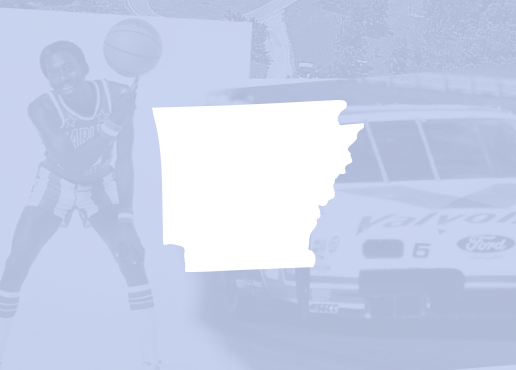 Fleck, Jack
Fleck, Jack Greens at North Hills
Greens at North Hills Mock, Lucy Byrd
Mock, Lucy Byrd Natural State Golf Trail
Natural State Golf Trail Recreation and Sports
Recreation and Sports Stephens, Jackson Thomas
Stephens, Jackson Thomas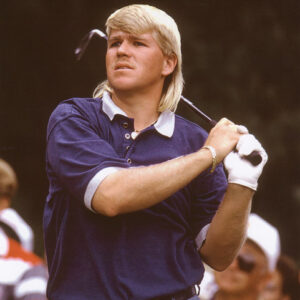 John Daly
John Daly 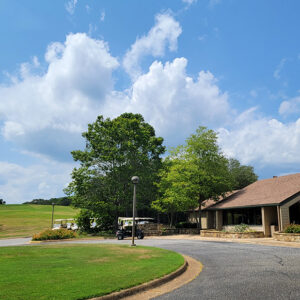 DeGray Lake Golf
DeGray Lake Golf 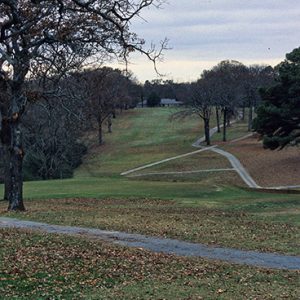 Greens at North Hills
Greens at North Hills 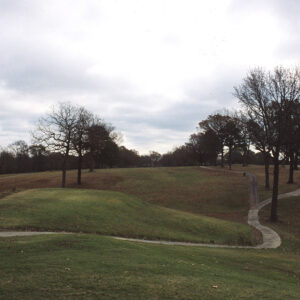 Greens at North Hills
Greens at North Hills 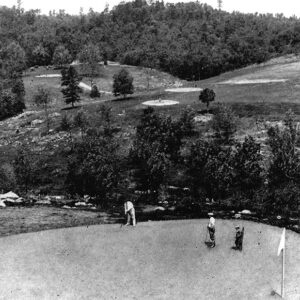 Lake Lucerne Golf
Lake Lucerne Golf 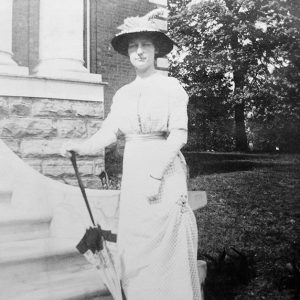 Lucy Byrd Mock
Lucy Byrd Mock 




Comments
No comments on this entry yet.